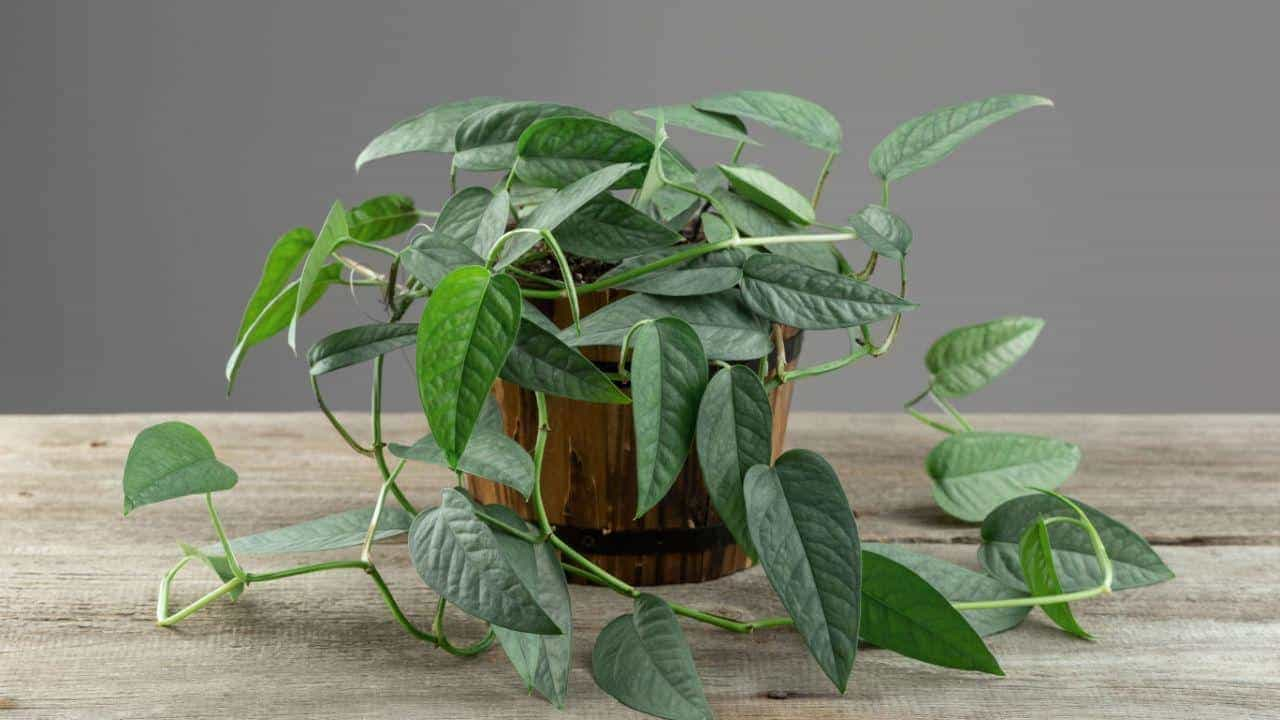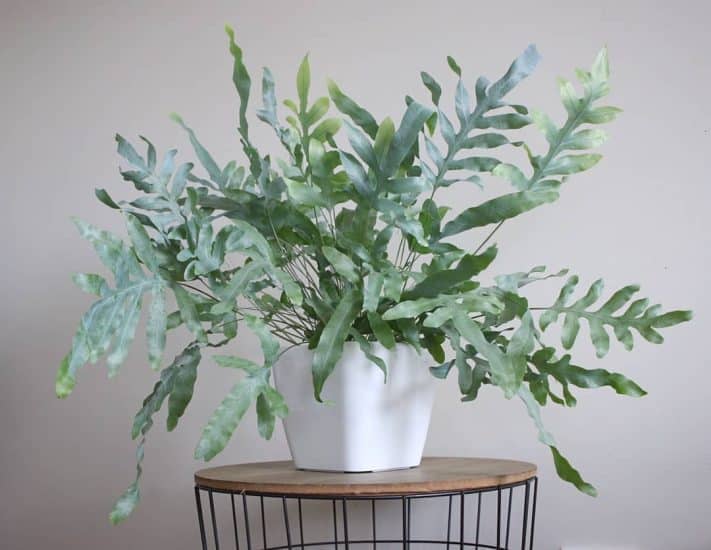Introduction
Cebu Blue, also known as Epipremnum pinnatum, is a captivating and sought-after houseplant renowned for its stunning foliage and easy maintenance. Its popularity has surged in recent years, becoming a staple in many households and indoor gardens.
Origins of Cebu Blue
This climbing plant belongs to the Araceae family and is prized for its elegant vines and heart-shaped leaves. The history of Cebu Blue dates back centuries, where it was revered for its ornamental value and symbolic significance in Filipino culture.
Characteristics
The physical appearance of Cebu Blue is striking, with elongated, glossy leaves showcasing varying shades of green. What sets Cebu Blue apart are its distinctive blue-green hues that intensify under optimal growing conditions. This plant exhibits vigorous growth, with cascading vines that add an enchanting touch to any space.
Caring for Cebu Blue
To ensure the health and vitality of your Cebu Blue, provide it with a conducive environment resembling its natural habitat. This entails placing it in indirect sunlight to prevent leaf scorching while maintaining moderate humidity levels. Keep the soil consistently moist but not waterlogged, allowing excess water to drain freely to prevent root rot.
Propagation
Propagating Cebu Blue is relatively straightforward and can be accomplished through stem cuttings or air layering. Stem cuttings taken from healthy vines can be rooted in water or directly planted in a well-draining potting mix. Ensure the cuttings receive adequate warmth and humidity to encourage root development, typically within a few weeks.
Pruning and Maintenance
Regular pruning is essential for managing the growth of Cebu Blue and promoting bushier foliage. Remove any yellowing or damaged leaves using sterile pruning shears to maintain its aesthetic appeal. Additionally, periodically dust the leaves with a damp cloth to prevent dust buildup and enhance photosynthesis.
Common Issues
Despite its resilience, Cebu Blue is susceptible to pests such as spider mites and mealybugs, especially in indoor environments with poor ventilation. Keep a vigilant eye for signs of infestation and promptly treat affected plants with natural remedies or insecticidal soap.
Decor Ideas
Incorporating Cebu Blue into your home décor adds a touch of elegance and tranquility to any space. Hang trailing vines in decorative pots or display them on shelves to accentuate vertical elements. Pair Cebu Blue with contrasting plants like pothos or philodendron to create visually captivating arrangements that breathe life into your interiors.
Benefits of Cebu Blue
Apart from its aesthetic appeal, Cebu Blue offers numerous health benefits, including air purification and stress reduction. Its lush foliage acts as a natural air filter, removing harmful toxins and improving indoor air quality.
Frequently Asked Questions
- How often should I water my Cebu Blue?
- Can Cebu Blue survive low light conditions?
- Is Cebu Blue toxic to pets?
- How fast does Cebu Blue grow?
- What should I do if my Cebu Blue leaves turn brown?
Conclusion
In conclusion, Cebu Blue stands out as a captivating houseplant that not only enhances indoor aesthetics but also contributes to a healthier and more vibrant living environment. By understanding its origins, characteristics, and care requirements, you can cultivate a thriving Cebu Blue that brings joy and tranquility to your home.





